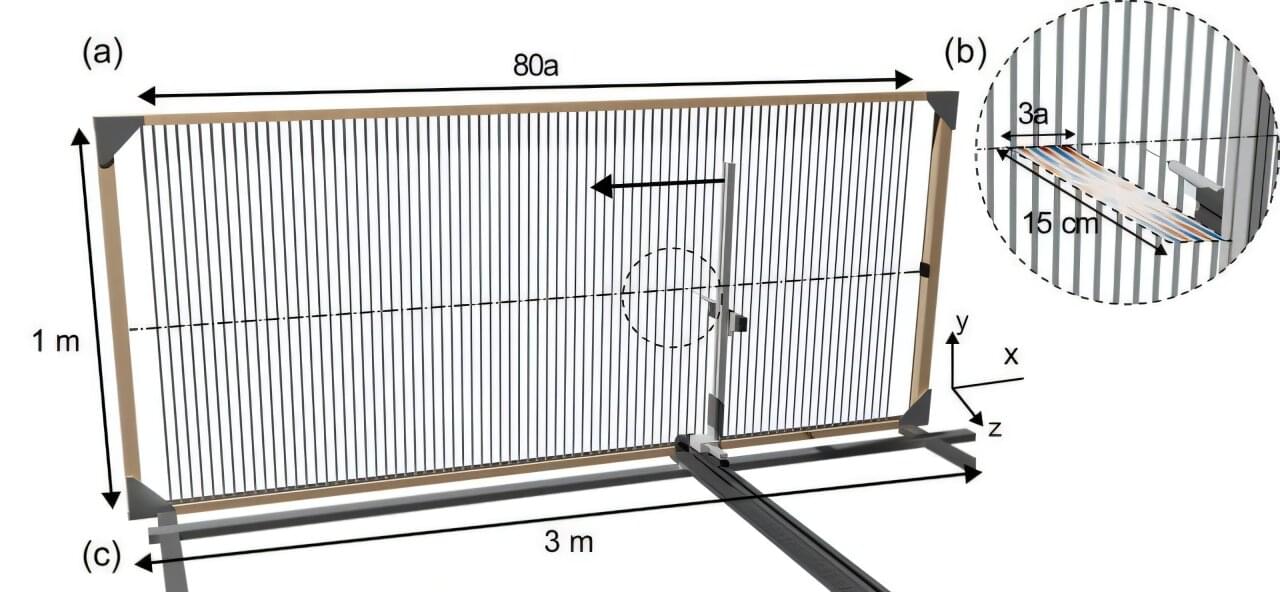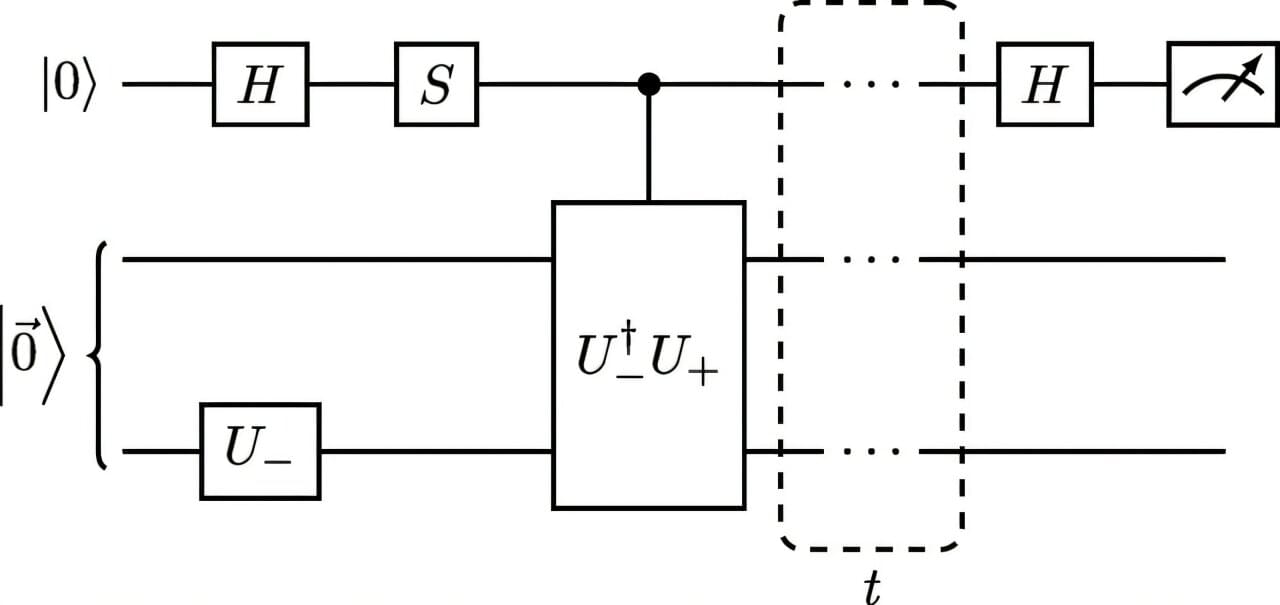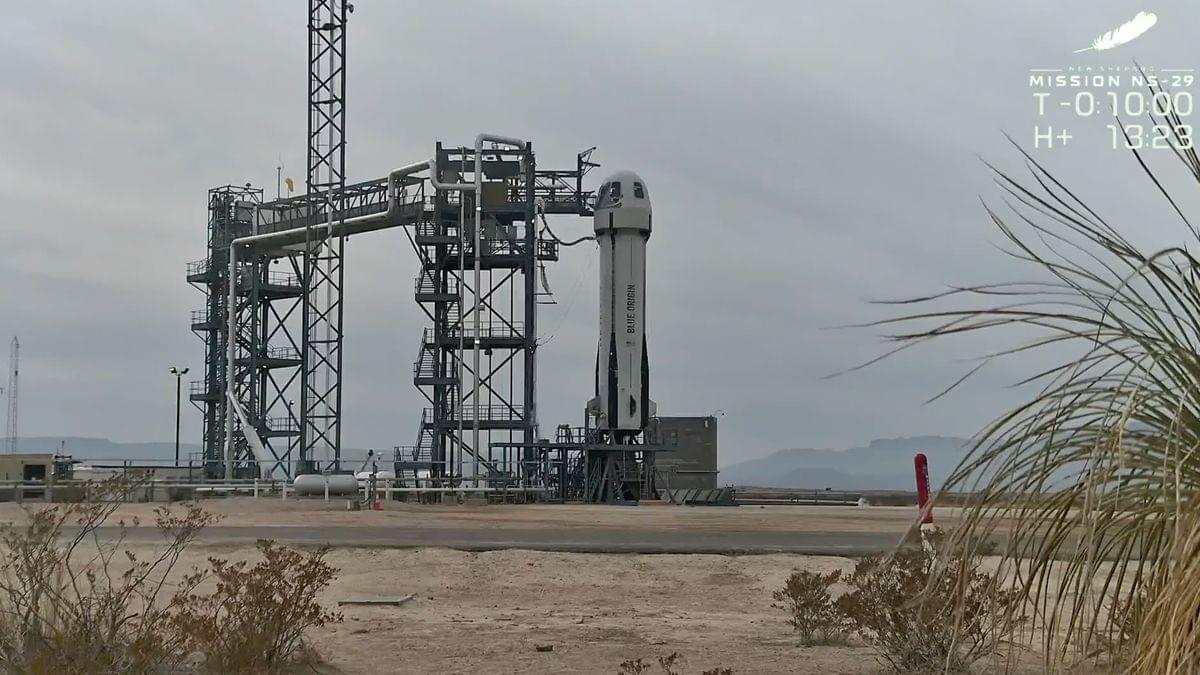Artificial intelligence is revolutionising everything from workflows to networking — so how can you bring AI into your research practice?




Today’s fast-moving, technology-enabled world of business is measured by speed and innovation. DevOps is the cultural shift combining software development and IT operations that helps improve collaboration, optimize workflow and increase overall operational efficiency.
Adopting DevOps currently enables companies to integrate continuous software updates, decrease errors through automation and easily scale cloud solutions. For businesses looking to maintain or even increase competitiveness and grow technology, this is a necessary transformation.
While DevOps transformation is often presented as a buzzword, it’s now a movement that shapes how teams create and deploy software. DevOps, at its core, is about collaboration at the intersection of development and operations that blurs the lines between these two groups. DevOps teams each integrate faster and more efficient software delivery by integrating these teams.

So-called Rayleigh–Bloch waves can release an enormous amount of energy that can damage technical systems under certain circumstances. They only exist below a precisely defined cut-off frequency; above this, they disappear abruptly. Strangely enough, however, there are isolated high frequencies at which they can also be detected.
Mathematicians from the Universities of Augsburg and Adelaide have recently proposed an explanation for this puzzling phenomenon. Together with researchers from the University of Exeter, they have now been able to prove experimentally that their theory is indeed correct. The study has just been published in the journal Communications Physics.
Suppose you had a gigantic barbecue grill that could easily accommodate several hundreds of sausages. Then, you could not only use it to invite your children’s entire school to a barbecue. The numerous stainless steel struts aligned parallel to each other are also ideal for generating Rayleigh–Bloch waves.

A collaboration between Nordita, the Nordic Institute for Theoretical Physics, hosted by Stockholm University, KTH and Google Quantum AI explores how gravitational fields influence quantum computing hardware, laying the foundation for advances in quantum sensing.
Physicists from Nordita, together with Google Quantum AI, have published a pioneering study that investigates how classical gravitational fields can influence the performance of quantum computing hardware.
The research, led by Professor Alexander Balatsky (Nordita and KTH) and Pedram Roushan (Google’s project leader in quantum computing), highlights a surprising interplay between gravity and quantum systems, breaking new ground in quantum technology. The team also includes Patrick Wong and Joris Schaltegger, researchers at Nordita.

Josh Mitteldorf suggests new protocol for experimental young plasma therapy.
Scientists explore concentrated plasma infusions for stronger anti-ageing effects.
01-Feb-2025Key points from article :
Scientists have long observed the remarkable rejuvenation effects of young plasma in ageing rats, but translating these findings into human therapies has been slow due to intellectual property barriers and funding challenges. In the meantime, a niche industry has emerged in Texas, where ageing individuals can receive plasma infusions from young donors for tens of thousands of dollars. However, these treatments, which replace about 35% of a patient’s plasma, fall short of the dramatic regeneration seen in laboratory animals. Researchers suspect that the exosome dosages in these human procedures are too low to match the full rejuvenation potential seen in rats.
To address this, a new approach suggests concentrating young plasma by removing excess water, allowing for higher doses without overloading the circulatory system. Freeze-drying plasma, a long-standing technology, could be adapted to reconstitute plasma at three or more times its normal strength. However, modifications would be necessary—such as removing platelets to avoid clotting risks and adjusting albumin levels for safety.
A key question remains: Can young exosomes permanently reprogram the body’s ageing process, or will ongoing infusions be required? If the body starts producing its own youthful exosomes after treatment, the therapy could be a game-changer. If not, frequent infusions might be necessary, making the procedure less practical. While uncertainty remains, results from animal studies provide hope that young plasma could lead to longer-lasting rejuvenation in humans.

Dubai-based Qeen.ai (stylized as qeen.ai) is working to make this a reality in the Middle East and beyond. The startup has raised $10 million to scale its platform, which provides autonomous AI agents for e-commerce businesses.
Prosus Ventures, a major e-commerce investor, led the seed round, which is not only one of the largest in the Middle East’s AI industry but in MENA overall. The VC believes Qeen.ai is well-positioned to bring AI-driven automation to merchants as AI agents reshape online marketplaces.
Founders Morteza Ibrahimi (CEO), Ahmad Khwlieh (CTO), and Dina Alsamhan (CBO) started Qeen after years of working on AI at Google and DeepMind.


Researchers have developed nanoflower-coated bandages with antibiotic and anti-inflammatory properties, capable of killing bacteria and promoting wound healing.
A carnation-like nanostructure could one day be used in bandages to promote wound healing. Researchers report in ACS Applied Bio Materials that laboratory tests of their nanoflower-coated dressings demonstrate antibiotic, anti-inflammatory, and biocompatible properties.
They state that these results indicate tannic acid and copper(II) phosphate sprouted nanoflower bandages are promising candidates for treating infections and inflammatory conditions.

More than a decade of data about the particles zipping around our sun could be used to solve many mysteries, from the behaviour of individual particles to the history of our solar system – while raising new questions.